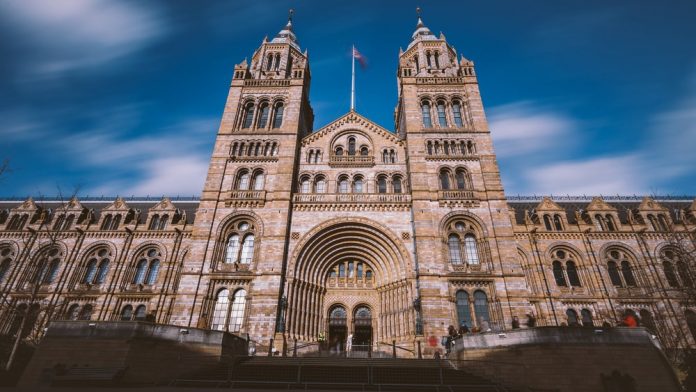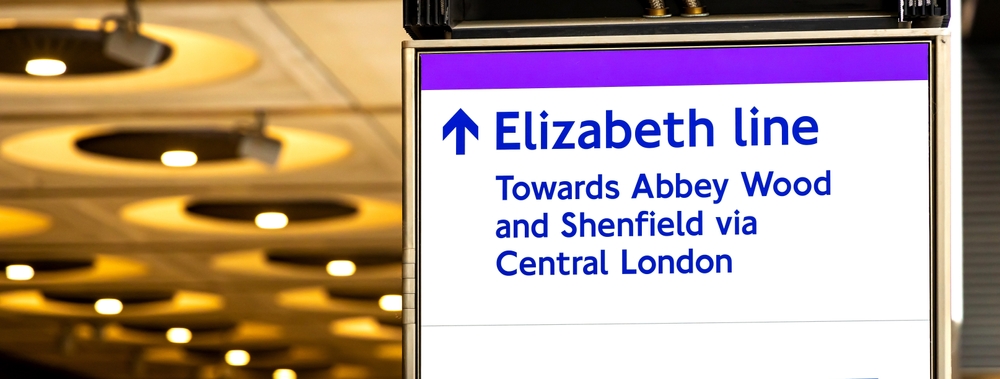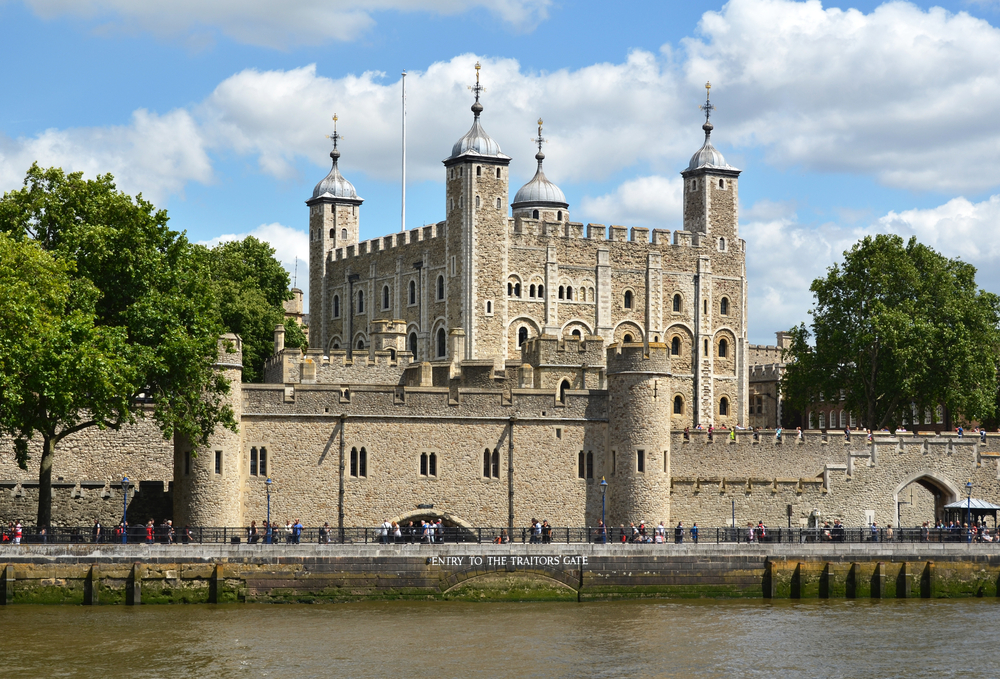With over 80 million specimens from across the natural world, London’s National History Museum is a shining example of its kind in the world today. If you’re planning to visit London, don’t miss out on the once-in-a-lifetime opportunity to explore the iconic National History Museum! What was once a part of the British Museum, NHM continues to evolve to reflect advances in natural science and attract over five million visitors each year. Of course, no visit to this extraordinary museum is complete without seeing the humongous dinosaur exhibits, but there are many other historical beauties waiting to be discovered. So, book your stay at the opulent Park Avenue J Hotel Hyde Park and explore these historical wonders at the National History Museum, right at your doorstep. Here are some of our favourites:
A Cup Made from Human Skull
The human skull cup at the National History Museum was found in Gough’s Cave in Somerset, England. It is estimated to be about 14,700 years old and is thought to belong to an immigrant from southwest Europe. The soft tissue was removed from the skull shortly after death, and the bone was thoroughly cleaned. This suggests that the skull was intended to be used as a cup! But don’t worry, our ancestors weren’t cannibals. It was a convenient way to dispose of human remains and keep scavengers away from camps.
A ‘Lucky Find’ Chunk of Gold
Gold nuggets are a rare find, and the Welcome Stranger at the National History Museum is one of the largest ever discovered! It was found in 1869 and weighed approximately 71.4 kg, with 64.8 kg of pure gold. Also, this cast of the largest single gold nugget ever found is a testament to Australia’s rich gold reserves.
‘Dippy’ the Diplodocus
Since its unveiling in the year 1905, Dippy the Diplodocus skeleton cast has been one of the most popular attractions at the Natural History Museum in London, minutes away from your hotel near Hyde Park. The Diplodocus was originally built as the largest animal ever to walk the Earth and is 26 meters long! Its posture has changed several times over the years as scientists have learned more about what the gigantic dinosaur looked like.
On the Origin of Species by Charles Darwin
The first edition of Charles Darwin’s “On the Origin of Species by Means of Natural Selection” was published on November 24, 1859, and is the most important book ever written on biological theory. It had a profound impact on our understanding of the natural world and helped establish the theory of evolution as a scientific fact. If you are a fan of Charles Darwin’s work, head to the National History Museum, moments away from your accommodation near Hyde Park and get a glimpse of his original work!
So, are you ready to explore the wonders of the natural world in London? Start your day with a hearty breakfast near Hyde Park and spend a whole day at the amusing yet inspiring National History Museum, for the best experience.





